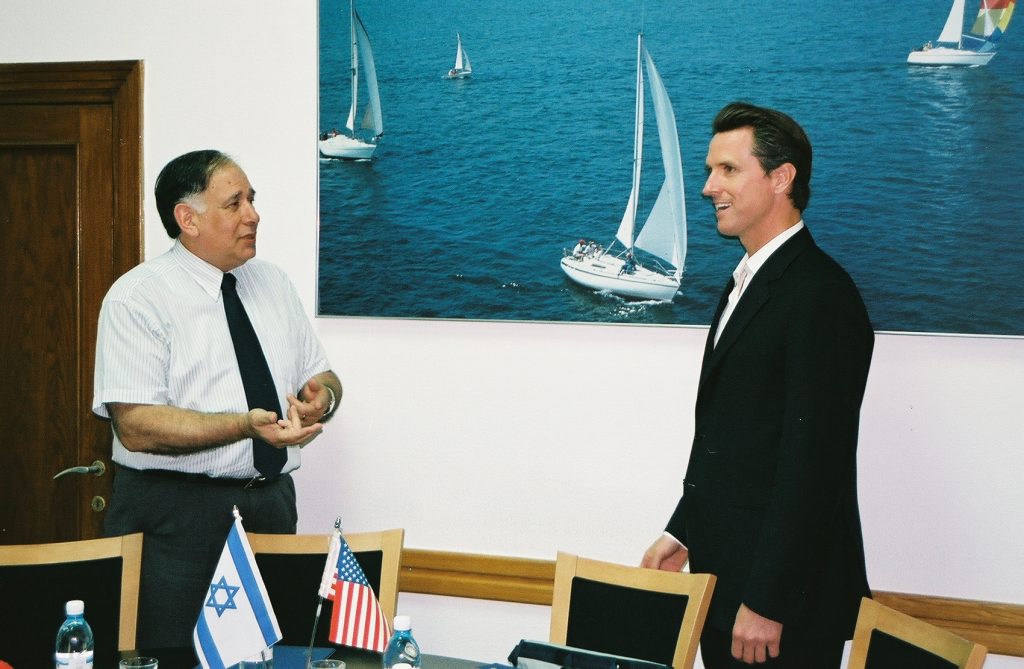The NY Times reports:
The arrest and indictment of Dana Williamson, the governor’s former chief of staff, sent shock waves through Sacramento in particular. Though no elected officials have been charged, Ms. Williamson, a Democrat, has been one of the state’s top power brokers for years, having run the offices of Mr. Newsom and former Gov. Jerry Brown.
Most of the charges against her stem from what prosecutors described as a complex scheme to skim money from the campaign account of Xavier Becerra, a former Biden administration official and Democratic congressman now running for California governor. Federal prosecutors say that Ms. Williamson conspired to direct $225,000 from a dormant political account to Mr. Becerra’s right-hand man.
Two of Ms. Williamson’s associates also have been charged, albeit with only one or two crimes after agreeing to plea deals — the aide to Mr. Becerra who received the funds, Sean McCluskie, and a Sacramento lobbyist, Greg Campbell.
But because of whom Ms. Williamson and Mr. McCluskie worked for, insiders have been discussing if the unfolding case could now affect Mr. Becerra’s bid for governor — or even Mr. Newsom’s expected run for president in 2028.
The LA Times reports:
She also is accused of lying on her tax returns about luxury items and services, including a $150,000 birthday trip to Mexico, that she allegedly sought to pass off as business expenses, according to the government.
https://www.latimes.com/california/story/2025-11-14/dana-williamson-newsom-aide-profile-federal-indictment
The indictment.






